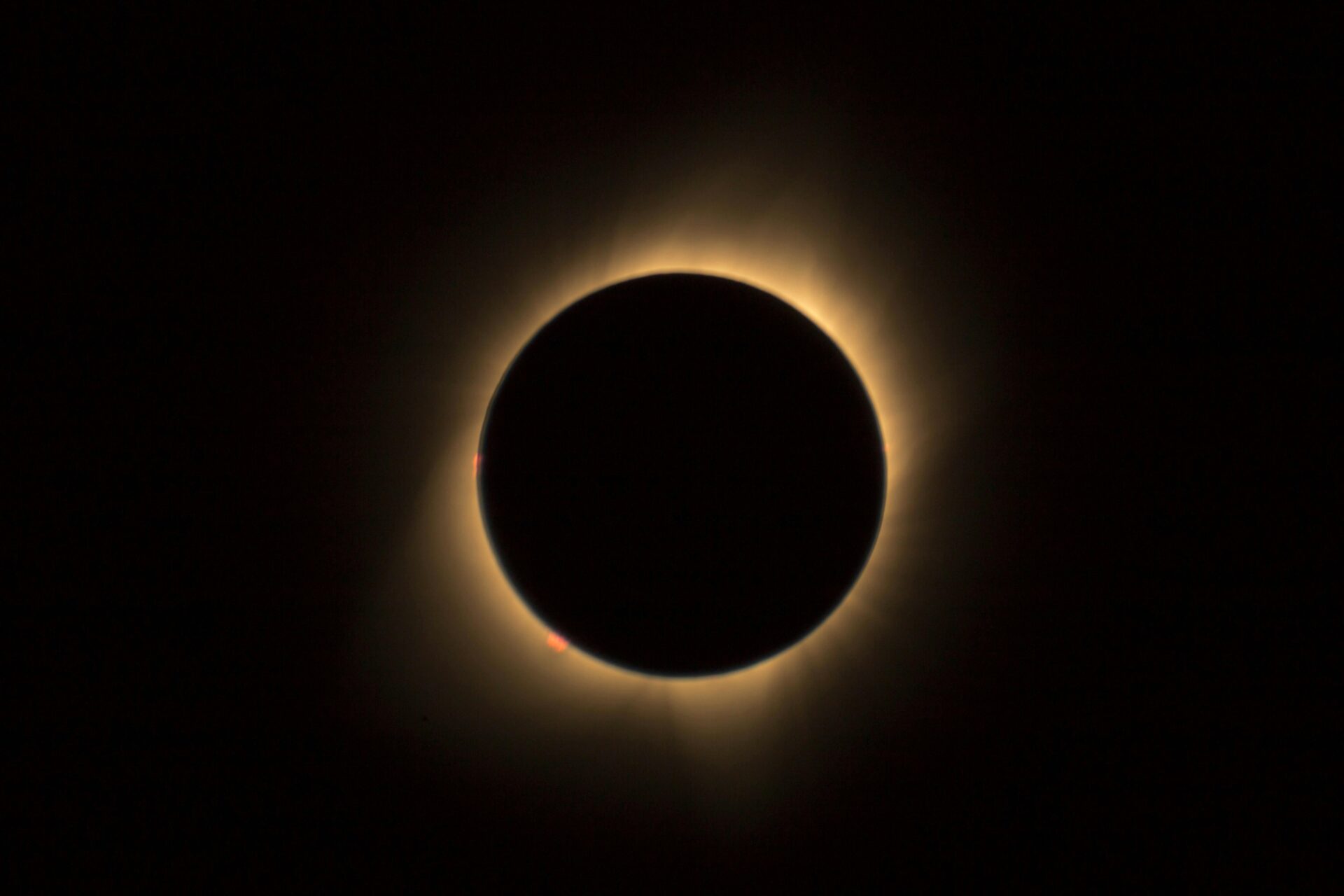By Leon Spiess
If you were in Colorado on Monday, April 8, you likely witnessed a solar eclipse. Well, part of it, anyway. We unfortunately weren’t in the path of totality, but that didn’t stop people from panicking. Many took to social media, echoing the idea that the eclipse was a harbinger of the end of times. Parents, lock up your children, the moon is passing between the earth and the sun.
Fear and superstition surrounding the eclipse is nothing new. After all, it truly is a remarkable, albeit predictable, event. Even if you’ve only ever seen a partial eclipse rather than a totality, you can observe changes in the light that reflect the position of the moon in a variety of ways. But what if you didn’t know what was causing those changes? Myths and legends about eclipses have impacted human behavior historically.
A record of an eclipse in 1200 B.C.E. that originated from Anyang, China stated very simply that the sun had been eaten, which is a reasonable assumption if you’re not sure what you’re looking at. This idea that the sun is being “eaten” or taken is repeated quite frequently, but each interpretation is slightly different. The Choctaw suggested that it was a giant black squirrel taking small bites out of the sun, while people in Vietnam believed it was a great big frog swallowing the entire star. In each of these legends, the animals they use and why have ecological significance; they revolve around common animals that would have been spotted in the respective regions.
In contrast to the sun being eaten, some cultures have a much darker view. The first recorded eclipse in human history is suspected to have been on Nov. 30, 3340 B.C.E. The record, rather than a written text, is a series of petroglyphs carved into stone that depicts circles overlapping one another. While significant by itself, the researchers who uncovered these petroglyphs also found the charred remains of nearly 50 individuals laid directly in front of the carvings in a ritualistic manner. There’s currently no explanation for why this is, or if what’s depicted in the petroglyphs really is an eclipse.
Human sacrifices aren’t an atypical response to an eclipse, which is pretty consistent with the idea that eclipses themselves are harbingers of doom, or at the very least, a sign of displeasure from a greater force. The Babylonians were quite good at predicting when the next eclipse would occur, as they were the first to integrate the saros cycle — the cycle of eclipses — into their predictions. However, the ability to predict the coming eclipse didn’t prevent their superstitious beliefs, similarly to how it hasn’t prevented ours. The Babylonians held the belief that eclipses were a terrible sign for kings and other rulers, as the wrath of the gods would seek out whoever was in charge. In preparation of an eclipse, they installed temporary rulers in hopes that the gods’ ire would be redirected onto these false rulers instead.
The redirection of anger is another common theme in eclipse myths. After all, if the sun is gone and it hasn’t been eaten, it’s got to be something else. In the early sixth century, a six-year war between two kingdoms, the Lydians and the Media, was being fought in present-day Turkey. Current research suggests that the cause of the war was each kingdom’s respective interest in Turkey. Neither side was willing to negotiate until the battle, which was interrupted by what the Ancient Greek historian Herodotus described as the “day turning into night.” In other words, they witnessed an eclipse. Upon seeing such a hauntingly beautiful sight, both sides decided that they had severely angered the gods and that peace was the only way forward. Soon, they settled on a peace treaty that ended the war.
Superstition is a powerful force and humans by nature seek patterns, which explains why so many similar, yet deviant perspectives about the same astronomical event were recorded through time. Aside from a total solar eclipse, there’s few things outside of the day and night cycle that disrupt the level of light at any given moment. Even when it rains, you can still tell if it’s night or day. The eclipse blurs those lines, and for just a brief moment, it reveals a part of our sky that’s normally alien to us. Sure, it’s predictable, and of course, a partial eclipse isn’t as cool as a totality, but that doesn’t make it any less special or interesting. In my opinion, the very best thing about the world isn’t its unpredictability, but rather that, for just a brief moment, a bunch of people can get together and witness just how special our universe really is — even if some of them thought the world was going to end.

